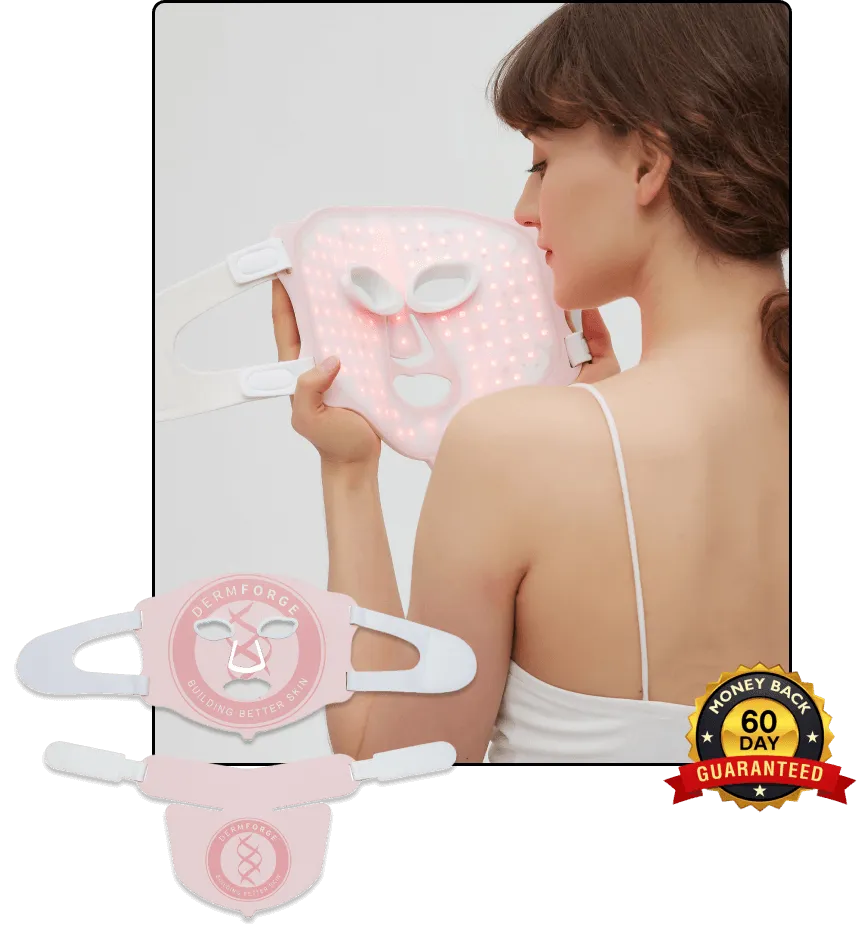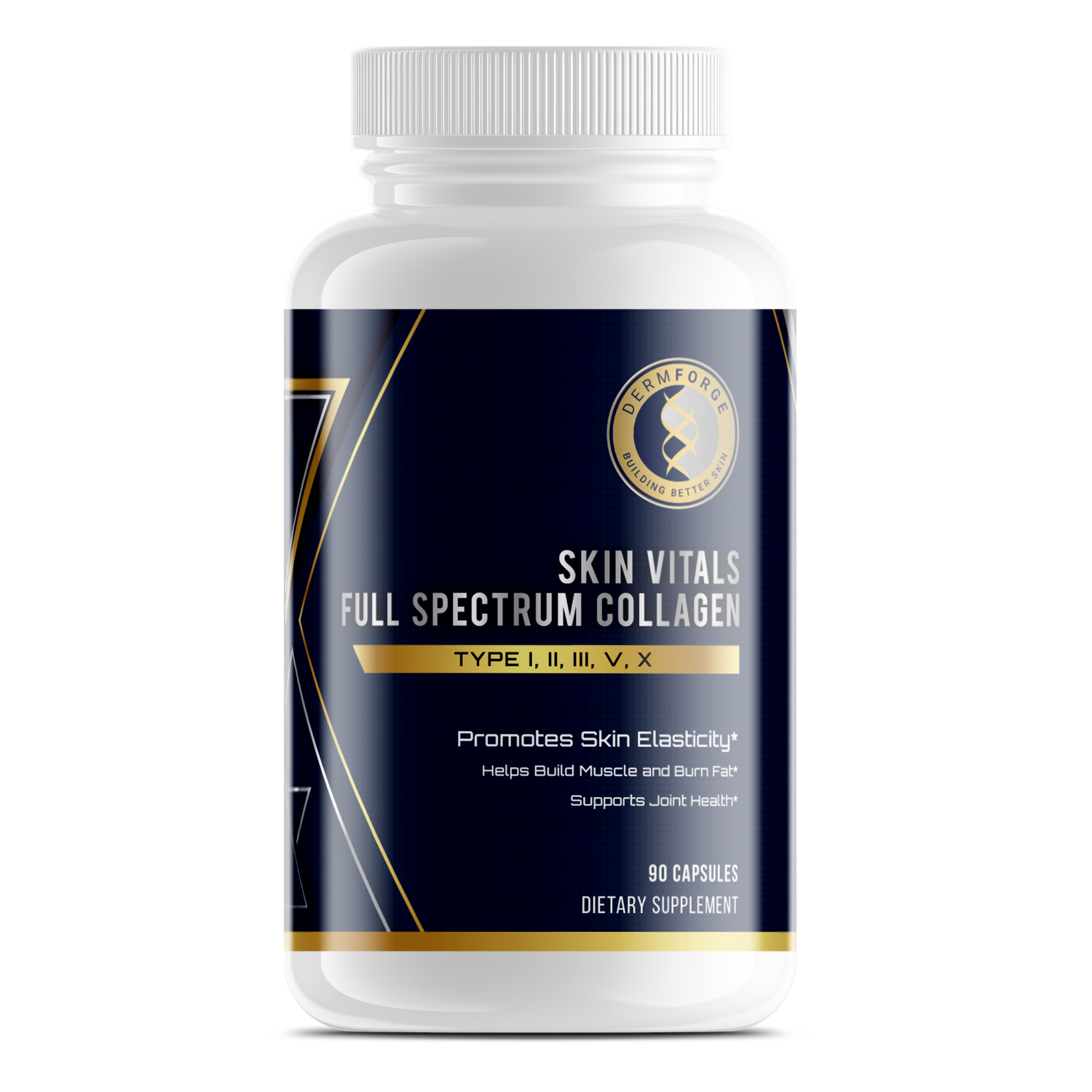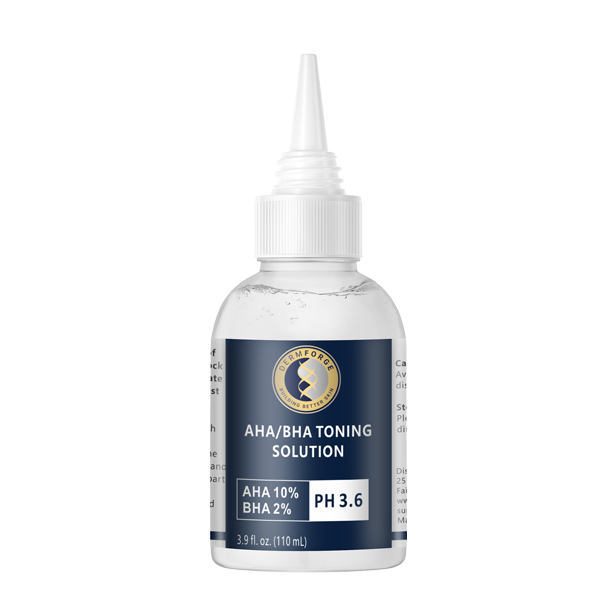Acne affects millions worldwide, prompting the search for effective treatments. Among various options, LED light therapy for acne has emerged as a promising, non-invasive solution. This therapy uses specific light wavelengths to target underlying causes of acne, offering an alternative to traditional methods.
Traditional acne treatments often involve topical creams, oral medications, and chemical peels. While these can be effective, they may also lead to side effects like skin irritation, dryness, or systemic reactions. Additionally, some individuals find these treatments inadequate or unsuitable for their skin type.
In contrast, LED light therapy utilizes blue and red light to address acne. Blue light targets acne-causing bacteria, reducing breakouts, while red light penetrates deeper to reduce inflammation and promote healing. This dual approach aims to treat existing acne and prevent future occurrences.
Understanding the benefits and limitations of LED light therapy can help you decide if it's right for your skincare routine. Exploring how it compares to traditional treatments, the types of devices available, and potential risks will provide a comprehensive view of this innovative approach to acne management.
What Is LED Light Therapy? A Quick Overview
LED light therapy is a non-invasive treatment that uses specific wavelengths of light to address various skin concerns. By emitting light-emitting diodes (LEDs) at targeted wavelengths, this therapy penetrates the skin at different depths to stimulate cellular processes. The primary colors used are blue and red, each offering unique benefits.
Blue light, typically at 415 nanometers, targets the uppermost layer of the skin. It is effective in reducing acne by eliminating acne-causing bacteria. This process helps decrease the occurrence of breakouts. Additionally, blue light has anti-inflammatory effects, which can soothe active acne lesions.
Red light penetrates deeper into the skin, reaching the dermal layers. It stimulates collagen production, a protein essential for maintaining skin elasticity and structure. Increased collagen can reduce the appearance of fine lines and improve overall skin texture. Furthermore, red light therapy reduces inflammation and promotes healing, making it beneficial for conditions like rosacea and for enhancing skin recovery.
When combined, blue and red light therapies offer a comprehensive approach to skin rejuvenation. This combination is particularly effective in treating acne, as blue light addresses the bacterial component while red light aids in reducing inflammation and promoting healing. Regular sessions can lead to clearer, healthier skin.
Understanding how LED light therapy works empowers you to make informed decisions about incorporating it into your skincare routine. Whether seeking to combat acne, reduce signs of aging, or improve overall skin health, this therapy offers a versatile and accessible option.
How LED Light Therapy Targets Acne
LED light therapy offers a non-invasive approach to treating acne by utilizing specific light wavelengths to target underlying causes of breakouts. By understanding how blue, red, and near-infrared lights interact with your skin, you can appreciate the multifaceted benefits of this treatment.
Blue light therapy, typically emitting at 415 nanometers, directly addresses acne-causing bacteria on your skin's surface. By reducing the presence of these bacteria, blue light diminishes the occurrence of new breakouts. Additionally, it helps regulate oil production, leading to a less oily complexion.
Red light therapy penetrates deeper into the skin, reaching the dermal layers. It stimulates collagen production, which enhances skin elasticity and can reduce the appearance of acne scars. Furthermore, red light reduces inflammation, calming active acne lesions and promoting faster healing.
Near-infrared light goes even deeper, accelerating the repair and regeneration of skin cells. This deeper penetration aids in healing existing acne lesions and supports overall skin recovery.
When combined, these light therapies offer a comprehensive approach to managing acne. Blue light targets the bacterial aspect, red light addresses inflammation and scarring, and near-infrared light promotes deep tissue healing. Regular sessions of LED light therapy for acne can lead to clearer, healthier skin over time.
Types of LED Light Therapy Devices Available
LED light therapy devices offer a range of options for treating acne, from professional in-clinic machines to FDA-cleared at-home masks and handheld devices. Understanding the types available can help you choose the most suitable treatment for your skin.
Professional in-clinic machines are typically found in dermatology offices and medical spas. These devices are operated by trained professionals and often provide higher intensity treatments. They can be effective for moderate to severe acne cases. However, in-office treatments may require multiple sessions and can be costly.
At-home LED masks have gained popularity for their convenience and effectiveness in managing mild to moderate acne. These masks emit blue and red light wavelengths to target acne-causing bacteria and reduce inflammation. Regular use can lead to clearer skin over time. The DermForge LED Light Therapy Device, for example, combines blue and red light to address acne and promote healing.
When selecting an at-home device, consider factors such as light type, treatment area size, and ease of use. Consistency is key; regular sessions are necessary to achieve and maintain results. While at-home devices can be effective, they may not match the intensity of professional treatments. Therefore, for severe acne, consulting a dermatologist is recommended.
Incorporating LED light therapy for acne into your skincare routine can be beneficial. Assess your specific needs and consult with a skincare professional to determine the most appropriate device and treatment plan for your situation.
LED Light Therapy vs. Traditional Acne Treatments
When exploring acne treatments, you may encounter both LED light therapy and traditional methods like topical creams, oral medications, and chemical peels. Understanding the benefits and limitations of each can help you make informed decisions about your skincare routine.
Topical treatments often include ingredients like benzoyl peroxide or salicylic acid, which work to reduce inflammation and unclog pores. While effective for many, they can sometimes cause dryness or irritation. Oral medications, such as antibiotics or hormonal therapies, address acne from within but may lead to systemic side effects and typically require medical supervision. Chemical peels remove the outer skin layer, promoting regeneration and improving skin texture, but they might result in redness and increased sensitivity post-treatment.
In contrast, LED light therapy for acne offers a non-invasive alternative with minimal side effects. Blue light targets acne-causing bacteria on your skin's surface, reducing breakouts. Red light penetrates deeper, reducing inflammation and promoting healing. This combination addresses multiple acne factors without harsh chemicals.
However, LED light therapy may require multiple sessions to achieve noticeable results. Additionally, its effectiveness can vary based on the severity of your acne. For optimal outcomes, you might consider combining LED therapy with traditional treatments. Consulting with a dermatologist can help tailor a regimen that suits your specific needs.
By understanding these options, you can choose an acne treatment plan that aligns with your skin's needs and your personal preferences.
Potential Risks, Side Effects & Who Should Avoid LED Therapy
LED light therapy for acne offers a non-invasive treatment option with minimal side effects for many individuals. However, it's essential to be aware of potential reactions and determine if this therapy suits your specific circumstances.
Common side effects are rare but may include redness, bruising, and skin peeling. These reactions are typically mild and subside shortly after treatment. In some cases, individuals might experience increased inflammation or rashes. To minimize these risks, always follow the recommended guidelines for treatment duration and frequency.
Certain medications can increase your skin's sensitivity to light, leading to adverse reactions during LED therapy. Drugs such as isotretinoin and lithium are known to cause photosensitivity. If you're on these or similar medications, consult your healthcare provider before starting LED treatments.
Individuals with a history of skin cancer or inherited eye diseases should exercise caution. The therapy's effects on these conditions are not well-studied, making professional medical advice essential. Additionally, if you have photosensitive disorders like lupus erythematosus or photosensitive eczema, LED therapy might provoke severe skin reactions.
Pregnant or nursing individuals should consult their physician before undergoing LED therapy. While no direct risks have been established, the lack of comprehensive research in this area warrants a cautious approach.
If you have a seizure disorder, especially those triggered by light, seek medical advice prior to treatment. LED therapy involves exposure to bright lights, which could potentially provoke seizures in susceptible individuals.
Before starting LED light therapy for acne, assess your health status and consult with a healthcare professional. This proactive approach ensures the treatment aligns with your specific needs and minimizes potential risks.
Results, Costs & What to Expect from LED Acne Treatments
LED light therapy for acne offers a non-invasive treatment option that can complement your skincare routine. Understanding the expected results, associated costs, and treatment timelines can help you decide if it's suitable for you.
Treatment frequency varies based on the severity of your acne and the specific device used. In professional settings, you might undergo treatments once or twice a week for several weeks. At-home devices often recommend usage ranging from daily to several times per week. Consistency is key to achieving optimal outcomes.
Visible improvements typically emerge after several weeks of regular use. For some, reductions in redness and breakouts appear within weeks, while others may need up to three months to notice significant changes. Patience and adherence to the treatment schedule are essential.
Costs for LED light therapy vary. In-office treatments can range from $40 per session to $1,500 for a full package, depending on location and provider. At-home devices offer a more economical alternative, with prices spanning from under $100 to over $1,000, influenced by features and brand reputation.
Evaluating the worth of this investment depends on your personal goals and budget. While LED therapy can effectively reduce acne symptoms, results differ among individuals. Combining this therapy with other treatments, such as topical applications or lifestyle adjustments, may enhance outcomes. Consulting with a dermatologist can provide personalized guidance tailored to your skin's needs.
Incorporating LED light therapy into your acne management plan requires commitment and realistic expectations. By understanding the process and maintaining consistency, you can make informed decisions about this treatment option.
Conclusion
LED light therapy for acne continues to grow in popularity due to its non-invasive nature and wide availability. It offers a practical option for managing breakouts, especially when used consistently and combined with other treatments.
You should assess your skin type, current skincare routine, and goals before starting. Additionally, consider your budget and time availability when deciding between professional or at-home devices.
While the treatment is generally safe, it's not ideal for everyone. Therefore, speak with a medical professional if you have health concerns or take medications that cause photosensitivity.
Unlike some treatments, LED therapy requires patience and ongoing effort. You may not see quick changes, but long-term use often brings noticeable results.
At-home options provide flexibility and can reduce costs over time. However, professional treatments may offer stronger results depending on your skin condition.
If you're searching for a gentler alternative to harsh topical creams or oral medications, LED light therapy for acne may be worth exploring.
Keep in mind that no acne solution works the same for everyone. Therefore, monitoring your skin's response will help you decide if it's meeting your expectations.
By staying consistent and realistic, you can better evaluate the benefits of LED light therapy for acne over time. As always, base your decision on your skin’s needs and how you prefer to care for it.






